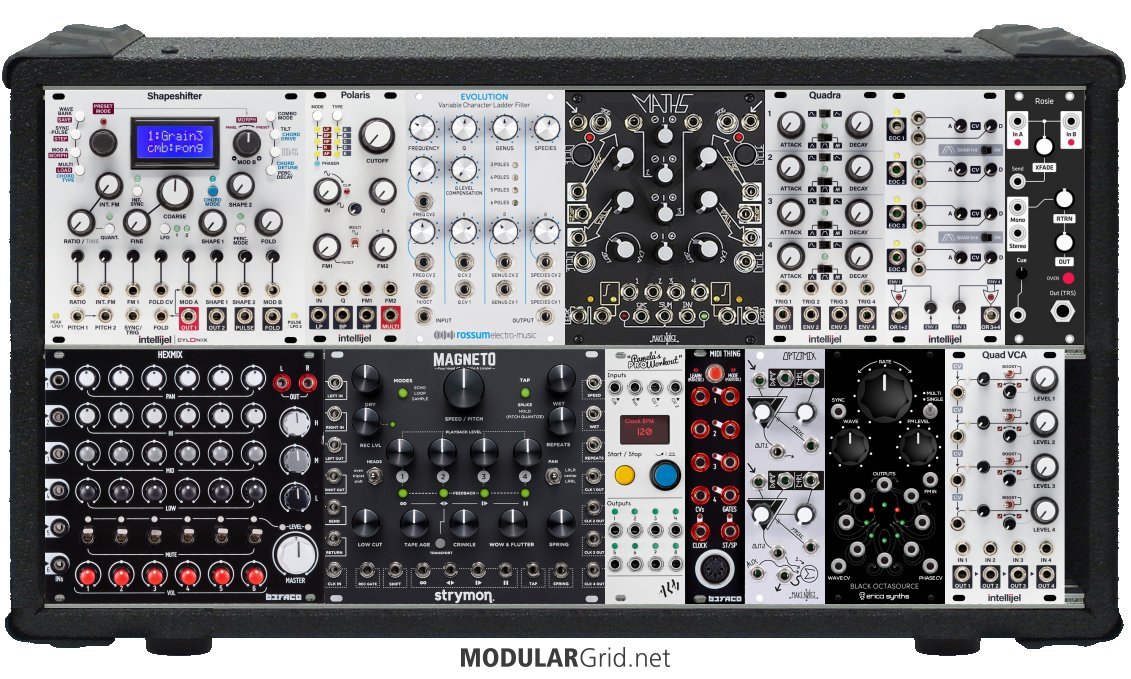If you had mentioned the Sarah Belle Reid video as a motivation in your first post, the responses might have been different. Along those lines, context on what other synths, grooveboxes, samplers, or keyboards you have owned or own now, what if anything you plan to use alongside Eurorack, and more than one word ("ambient") about what you hope to achieve would also help.
I watched the video, and while she makes some good points, others are contradictory. She's right to say start small and slowly, but she conflates starting with a few modules and using a small case. She is doing that for performance, but she's probably not performing with just what you see. There is probably more extensive sequencing, drum machines, effects pedals, a mixer, and so on. More importantly, she knows a lot about what she is doing, and is not a beginner.
She says 2-3 sound sources... in 84hp. That's half the rack, leaving not much other space for other things. She has two Functions because Maths wouldn't fit. Maths is two Functions plus more, so all of them together unbalance your rack. Even Maths alone is rather wide. There are smaller alternatives, like the Cosmotronic Delta-V, or Quadrax. (There are also smaller clones of the Mutable Instruments modules, but ergonomics are an issue.)
She is also using an 0-ctrl, and you said nothing about external sequencing. That's why she chose Shifty, to mix up the sequence coming in, but it doesn't really make sense for your rack by itself. Marbles can generate random sequences, Plaits is a sound source, Ikarie both a sound source and sound shaper, Veils a good quad VCA and mixer. That leaves you some space, and you should think about how to use it. I don't think it's impossible to put together 104hp that will sound good. But you might find it limiting and give up, or decide to get a bigger case. If the second, the smaller case can still be useful to you, or you can sell it.
As for semi-modular, at the risk of muddying the waters further, I will mention something I was considering before I went full Eurorack: the Pittsburgh Modular SV-1b Blackbox, and a Korg SQ-1 (or a small keyboard that puts out CV) for about $800 total.


